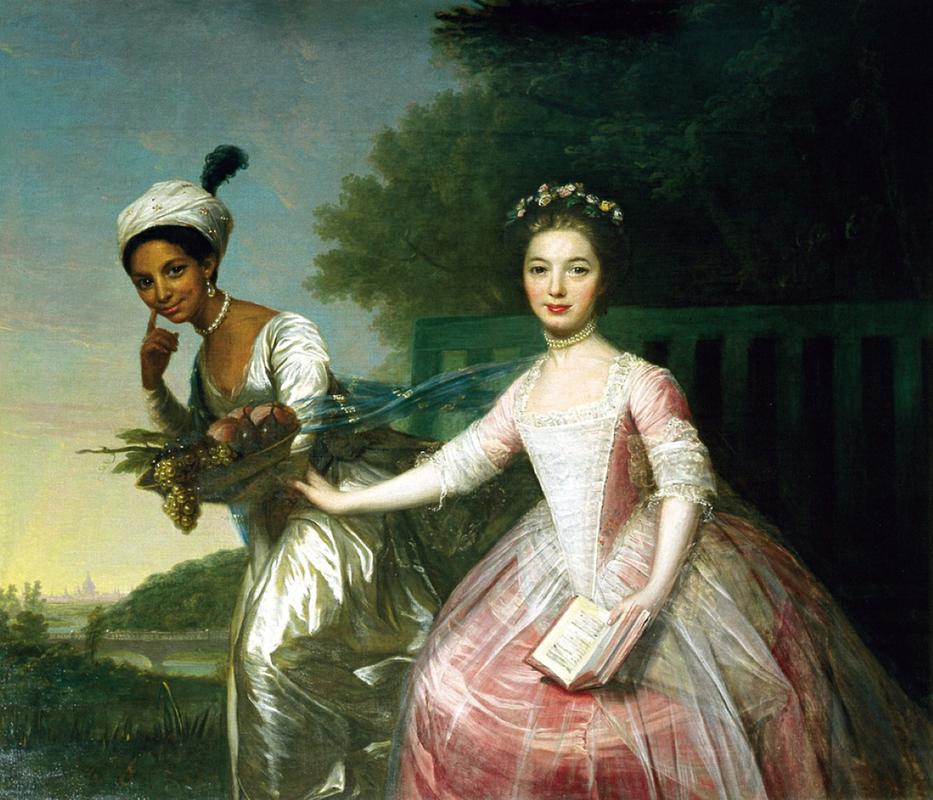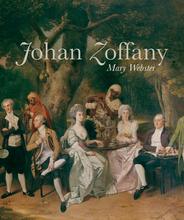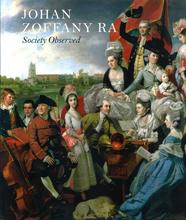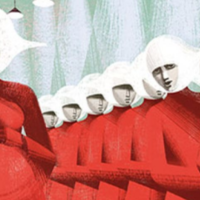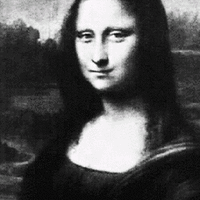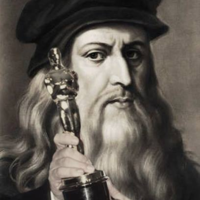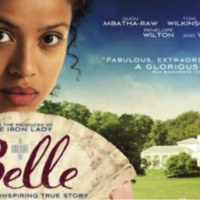More about Portrait of Dido Elizabeth Belle and Lady Elizabeth Murray
- All
- Info
- Shop

Sr. Contributor
Dido Elizabeth Belle and Lady Elizabeth Murray aren’t mistress and slave, but sisters under the skin.
For over 100 years, This painting was falsely attributed to German artist (and one-time cannibal) Johann Zoffany. However, in 2018 the research team for the BBC docuseries Fake or Fortune proved conclusively that it was in fact by the hand of David Martin. They accomplished this through forensic analysis of the paint composition as well as stylistic comparisons between this and a similar Martin portrait, particularly the treatment of the floral motifs, lips, fabric, and pose. Until the early 1990s, the painting was simply known as The Lady Elizabeth Murray, and the conspicuous black companion was assumed to be a “servant” (an evasive way of saying an enslaved person of African ancestry). Viewers were puzzled as to why the Black sitter was such an active participant in the painting, rather than merely an accessory, as was the typical fashion.
Subsequent research has revealed her to be Dido Elizabeth Belle, whose story could have been ripped from the pages of a steamy Harlequin romance. Her father was Sir John Lindsay, a devilishly handsome Royal Navy officer in the Caribbean, who discovered an ostensibly gorgeous slave girl named Maria Belle chained to the hull of an enemy Spanish galley he captured in battle. He took her as a concubine and fathered the illegitimate daughter Dido Elizabeth Belle, named for the mythic African queen of Virgil’s Aeneid. Recent archaeological evidence suggests Dido may have spent part of her childhood in Pensacola, Florida, so we crass Americans could justify claiming her as our own.
Despite the messy gender/racial politics and dubious consent dynamics of copulating with a woman he found on a slave ship, Lindsay seems to have had some regard for his Black mistress and child. He continued to carry on with Maria for some time after marrying a socially acceptable white bride, and the Pensacola property record lists her as a free (formerly enslaved) woman of London in possession of land in America. Meanwhile, Lindsay sent young Dido to his uncle William Murray’s luxurious Kenwood House outside the English capital. The distinctive footbridge and hazy view of London’s St Paul’s Cathedral in the background specifically identify the grounds of Kenwood as the setting for this portrait.
At Kenwood, Dido grew up as the adoptive sister of her cousin Lady Elizabeth, an orphan also raised William Murray’s in the household. She enjoyed semi-aristocratic status, admired by guests for her refined accomplishments. American diarist Thomas Hutchinson was less enthusiastic, calling her “A Black…neither handsome nor genteel,” further commenting on her “much frizzled” hair. He also noted (with barely disguised satisfaction) that she was not permitted to dine with them. Ah, white Americans…proudly serving you racist dribble since 1607.
William Murray, the prominent judge who commissioned this portrait of his grandnieces, presided over several slavery-related court cases while Dido lived in his house, and one landmark antislavery ruling may indicate abolitionist sympathies. It is unclear if Dido, who did secretarial work for him and “honoured him with confidence and friendship,” influenced his decisions. Political opponents accused him of being biased toward slaves (perish the thought), and claimed “Lord Mansfield keeps a Black in his house which governs him and the whole family.” In fact, Dido received a 30-pound allowance to Elizabeth’s 100 pounds…hardly “governing” anybody.
In affection and respect, however, the girls appear to have been loved as daughters of the house, and had a sisterly bond. This portrait is one of the earliest to show a white and Black sitter on almost equal terms, at eye level and with a direct gaze. The energy and charisma of Dido over the somewhat passive Elizabeth even hints that the artist had a stronger rapport with his less conventional sitter. Dido’s otherness is romanticized by the addition of the turban and basket of exotic fruit, Orientalist overtones which denote not-quite-equal status with Elizabeth. But the overall message is clear: these are both ladies of fashion, culture, charm, and intelligence.
Dido’s story was dramatized in the movie Belle (2013), with Gugu Mbatha-Raw as Dido and Sarah Gadon as Lady Elizabeth. Mbatha-Raw won an African-American Film Critics Association Award for her performance.
Sources
- English Heritage. “Dido Elizabeth Belle.” Accessed March 29, 2022. https://www.english-heritage.org.uk/learn/histories/women-in-history/di….
- Swinger, Lucy, Francis Welch and Judith Winnan, prod. Fake or Fortune? Season 7, episode 4, “A Double Whodunnit.” Aired September 2, 2018, on BBC One. https://www.bbc.co.uk/programmes/b0bj6gm7.

